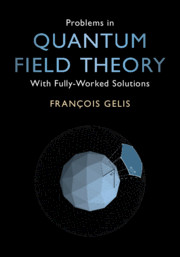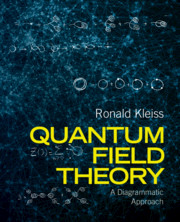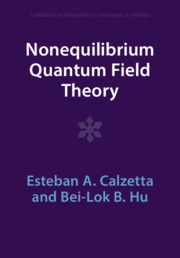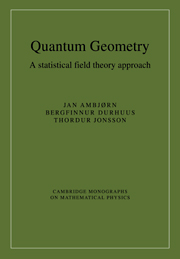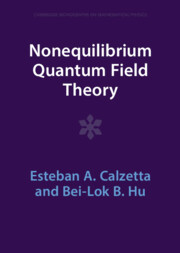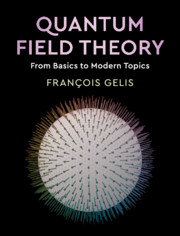Problems in Quantum Field Theory
This collection of problems in Quantum Field Theory, accompanied by their complete solutions, aims to bridge the gap between learning the foundational principles and applying them practically. The carefully chosen problems cover a wide range of topics, starting from the foundations of Quantum Field Theory and the traditional methods in perturbation theory, such as LSZ reduction formulas, Feynman diagrams and renormalization. Separate chapters are devoted to functional methods (bosonic and fermionic path integrals; worldline formalism), to non-Abelian gauge theories (Yang-Mills theory, Quantum Chromodynamics), to the novel techniques for calculating scattering amplitudes and to quantum field theory at finite temperature (including its formulation on the lattice, and extensions to systems out of equilibrium). The problems range from those dealing with QFT formalism itself to problems addressing specific questions of phenomenological relevance, and they span a broad range in difficulty, for graduate students taking their first or second course in QFT.�
- Allows students to appreciate the 'big picture' connections of this vast subject by presenting aspects of QFT that are usually only treated in specialized texts
- Explains the current methods for calculating scattering amplitudes in particle physics, which are outdated in the older, traditional textbooks
- By solving these problems and reproducing their solutions, readers will have reached a level of proficiency far higher than what one would get by just learning the 'theory', reducing the gap between taught courses and actual research tools
- While this is a self-contained problems/solutions book, an online supplement provides explicit links between the discussions presented and the content of the author's QFT textbook (ISBN 9781108480901)
Reviews & endorsements
‘… a valuable bridge between textbook treatments and the modern literature and is an example of the type of volume often reported to be missing from the shelves. Libraries that serve universities teaching quantum field theory, or any institution with active research programs involving quantum field theory, should acquire this book ... Recommended.’ M. C. Ogilvie, Choice Connect
Product details
August 2021Paperback
9781108972352
375 pages
252 × 177 × 21 mm
0.718kg
Available
Table of Contents
- Preface
- Acknowledgements
- Notations and Conventions
- Part I. Quantum Field Theory Basics
- Part II. Functional Methods
- Part III. Non-Abelian Fields
- Part IV. Scattering Amplitudes
- Part V. Lattice, Finite T, Strong Fields
- Index.

